Don’t let that word “revolution” scare you this tense Election Day. I’m not talking about the USA. I’m referring to the wonderful exhibition now on view at the Philadelphia Museum of Art, Paint the Revolution: Mexican Modernism, 1910-1950. It’s a massive show–more than 280 works by 70 artists, filling several galleries.
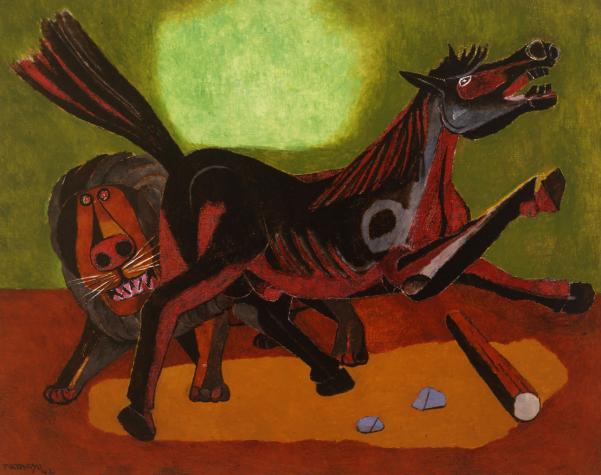
And it’s more than good, as I write in a review that is published today in The Wall Street Journal, Fight for Creative Culture: Political upheavals paralleled bursts of artistic progesss.
The museum says that the last time a museum organized such a sweeping show of Mexican modernism was 1943, and then, too, it played the role of a benign Hernán Cortés, revealing “uncharted territory” to the established orders. But, as the show documents. Mexican modernists played an important role in the development of international modernism. We know it, maybe, but we don’t know it well, and we don’t know too many names beyond the big five–Rivera, Kahlo, Tamayo, Orozco and Siqueiros.
Paint the Revolution shows them off very well, and adds many more to their ranks. I wish I could have dropped more names into the review. I mentioned eight other Mexicans (if the link above does not work, try this one, which will), plus a few Americans who worked in Mexico. But if I had had more room, I certainly would have cited Dr. Atl, especially for his wonderful self-portrait; Angel Zarraga, for Cubist works including the funny “Monkey Painter”; Roberto Montenegro–for several works; Adolfo Best Maugerd, for his self-portrait and “The Powdered Woman,” among others; and many more.

The entire photography section is terrific, a small but splendid array, a mix of Mexicans and foreigners who moved there, that shows the range of modernism and that is, lead exhibition curator Matthew Affron said, a microcosm of the entire exhibition.
Affron, the museum’s Curator of Modern Art, headed a team that included Mark A. Castro, assistant curator of European Painting, Dafne Cruz Porchini, a postdoctoral researcher at Colegio de México, Mexico City; and Renato González Mello, Director of the Institute for Aesthetic Investigation, National Autonomous University of Mexico.
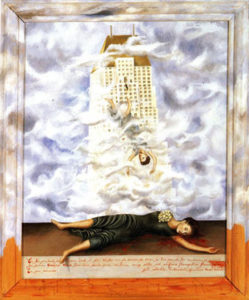
There are a lot of memorable artworks in this show and many good or interesting works, too. I’m posting some of each (you can decide for yourselves).
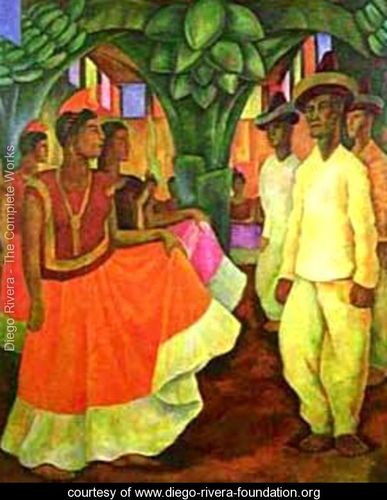
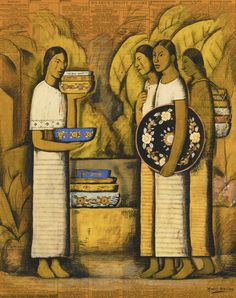
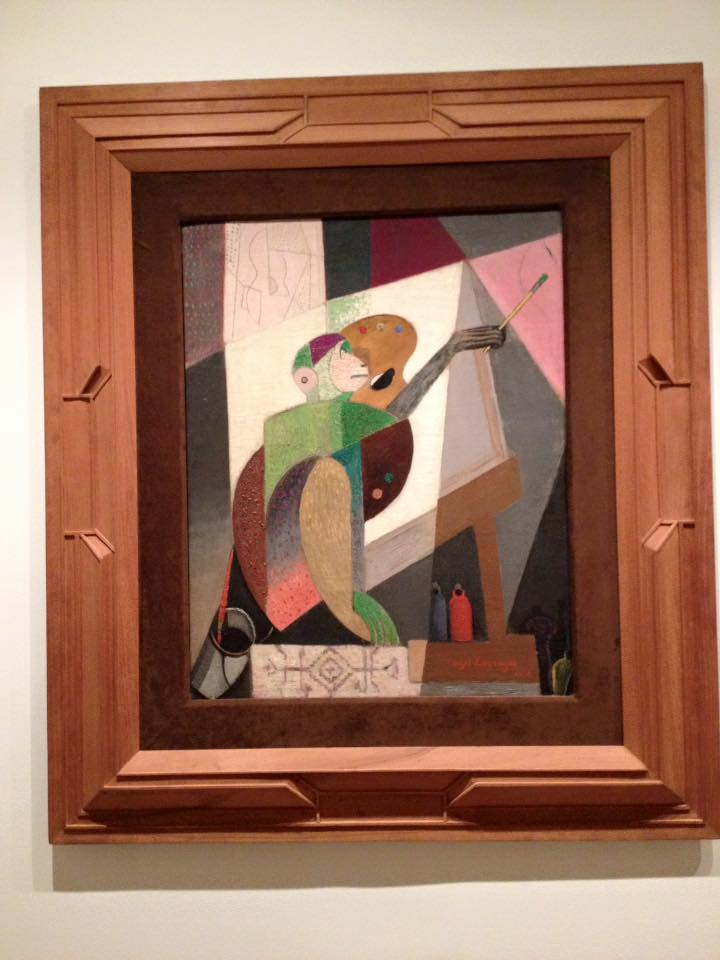
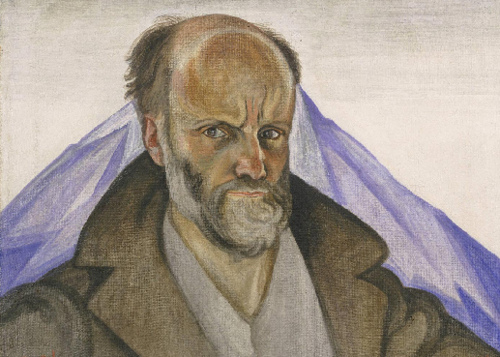
And many more. The museum has a slide show of several other pictures here.
